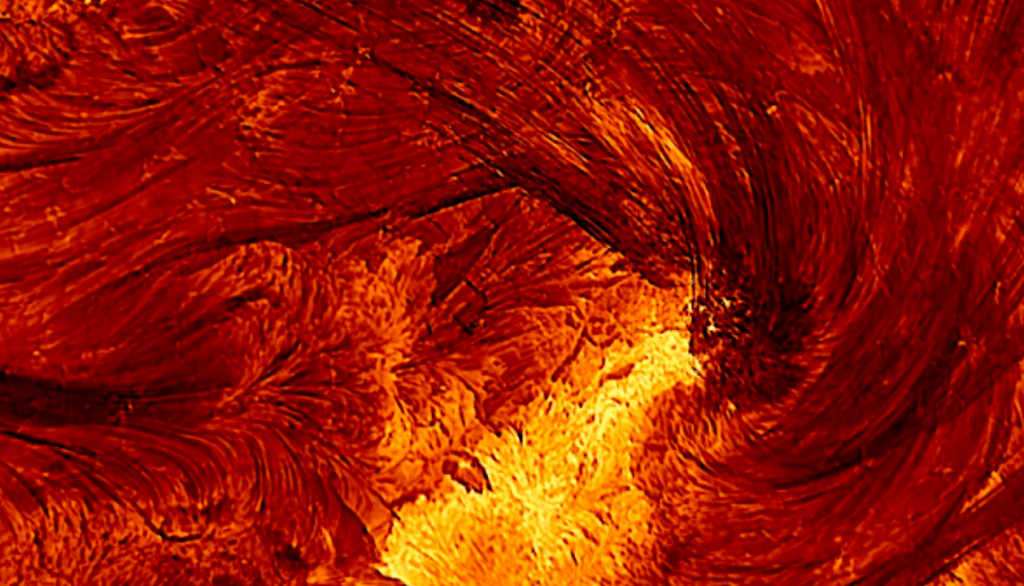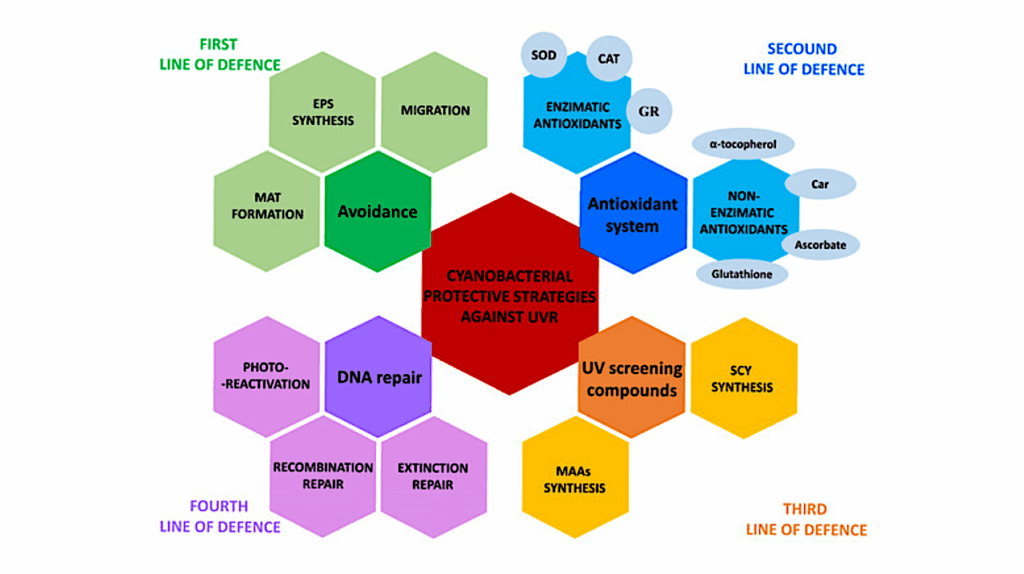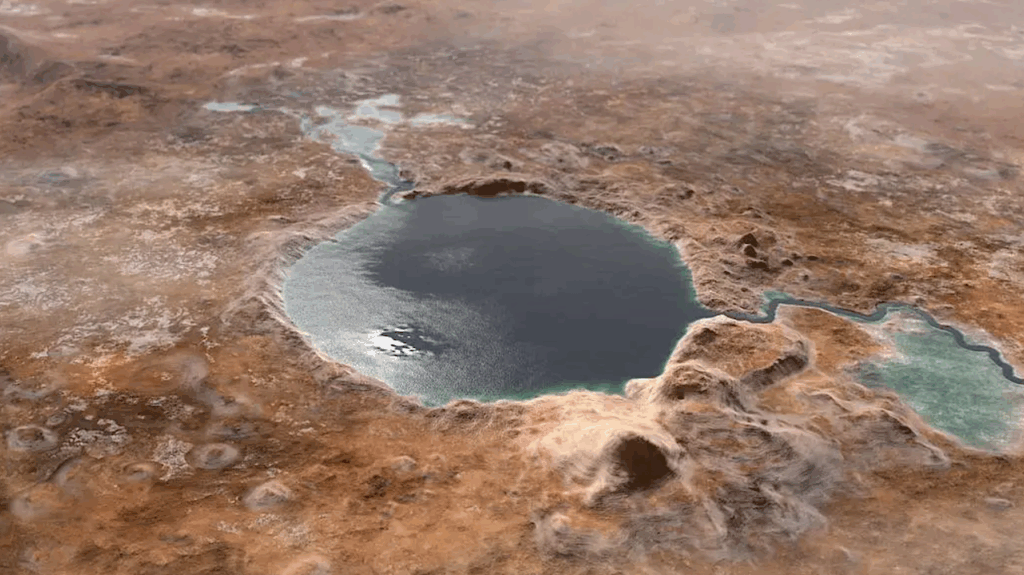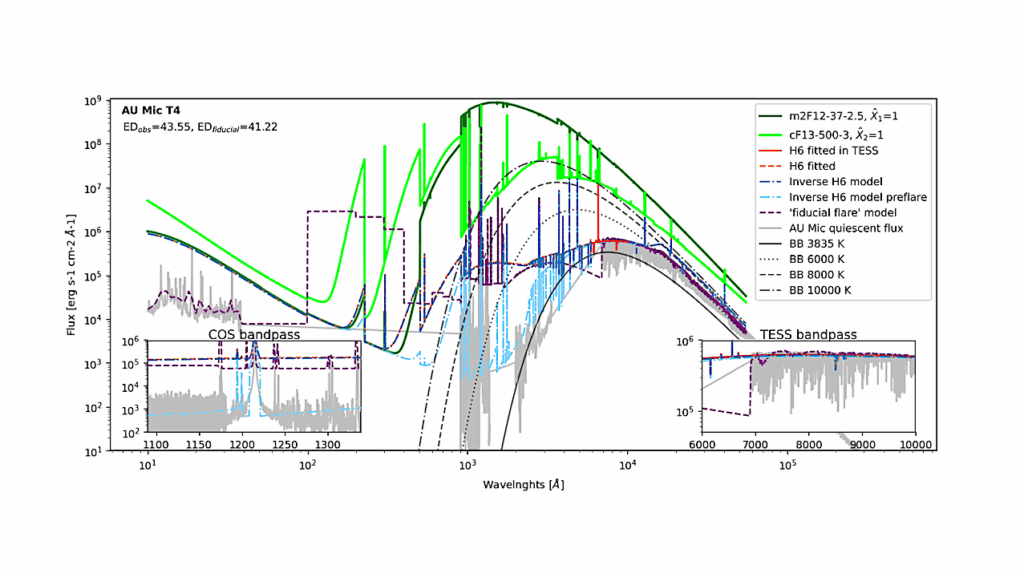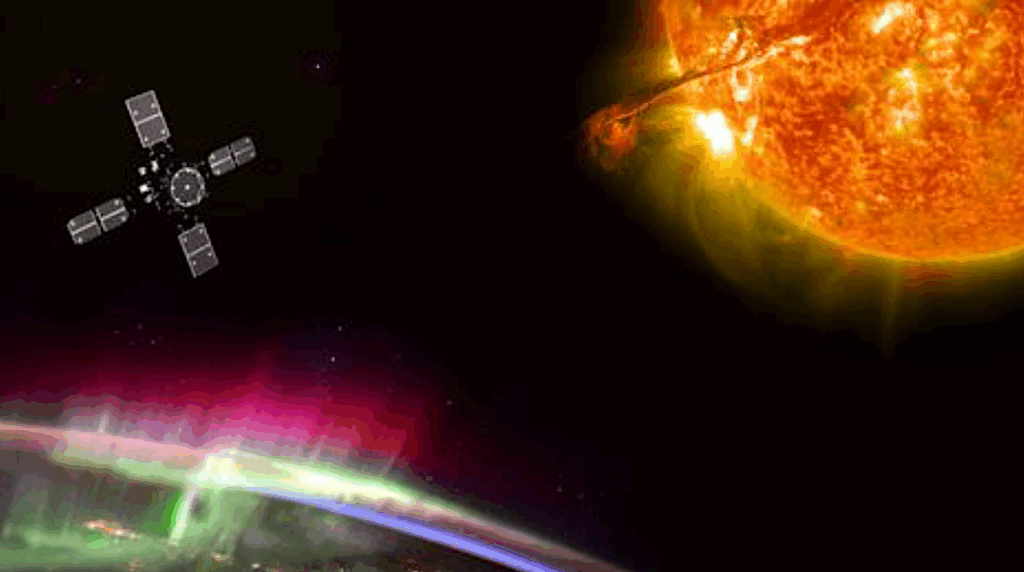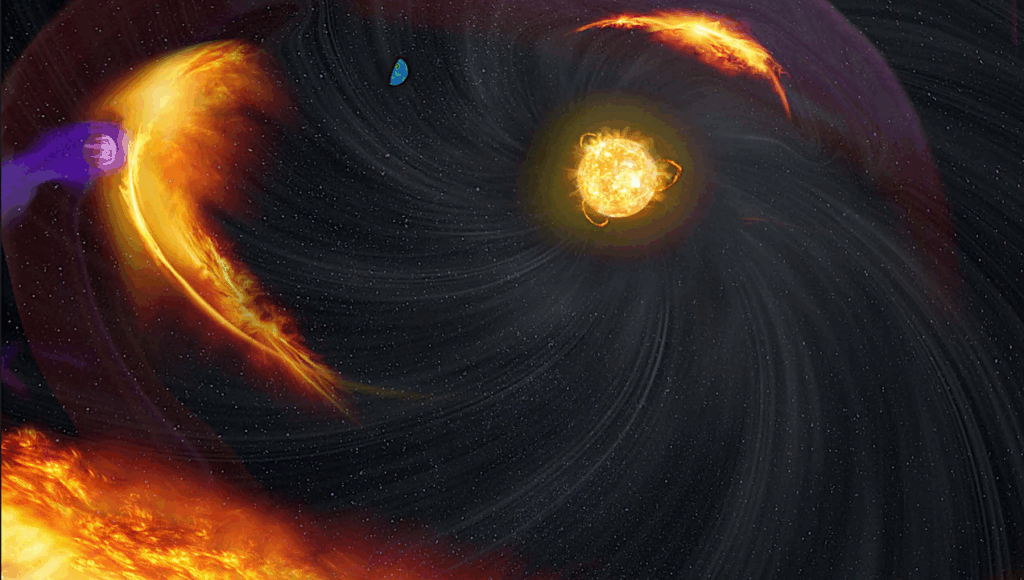Natural Radioactive Environments As Sources Of Local Disequilibrium For The Emergence Of Life

Certain subterranean environments of Earth have naturally accumulated long-lived radionuclides, such as 238U, 232Th and 40K, near the presence of liquid water.
In these natural radioactive environments (NRE), water radiolysis can produce chemical species of biological importance, such as H2. Although the proposal of radioactive decay as an alternative source of energy for living systems has existed for more than thirty years, this hypothesis gained strength after the recent discovery of a peculiar ecosystem in a gold mine in South Africa, whose existence is dependent on chemical species produced by water radiolysis. In this work, we calculate the chemical disequilibrium generated locally by water radiolysis due gamma radiation and analyse the possible contribution of this disequilibrium for the emergence of life, considering conditions of early Earth and having as reference the alkaline hydrothermal vent (AHV) theory.
Results from our kinetic model points out the similarities between the conditions caused by water radiolysis and those found on alkaline hydrothermal systems. Our model produces a steady increase of pH with time, which favours the precipitation of minerals with catalytic activity for protometabolism, as well as a natural electrochemical gradient in this aqueous environment. In conclusion, we described a possible free-energy conversion mechanism that could be a requisite for emergence of life in Hadean Earth.
Thiago Altair, Larissa M. Sartori, Fabio Rodrigues, Marcio G. B. de Avellar, Douglas Galante
Comments: 51 pages, 9 figures, supplementary material included. Astrobiology
Subjects: Chemical Physics (physics.chem-ph); Earth and Planetary Astrophysics (astro-ph.EP); Geophysics (physics.geo-ph); Populations and Evolution (q-bio.PE)
DOI: 10.1089/ast.2019.2133
Cite as: arXiv:2011.14839 [physics.chem-ph] (or arXiv:2011.14839v1 [physics.chem-ph] for this version)
Submission history
From: Thiago Altair
[v1] Mon, 23 Nov 2020 19:03:04 UTC (1,273 KB)
https://arxiv.org/abs/2011.14839
Astrobiology


